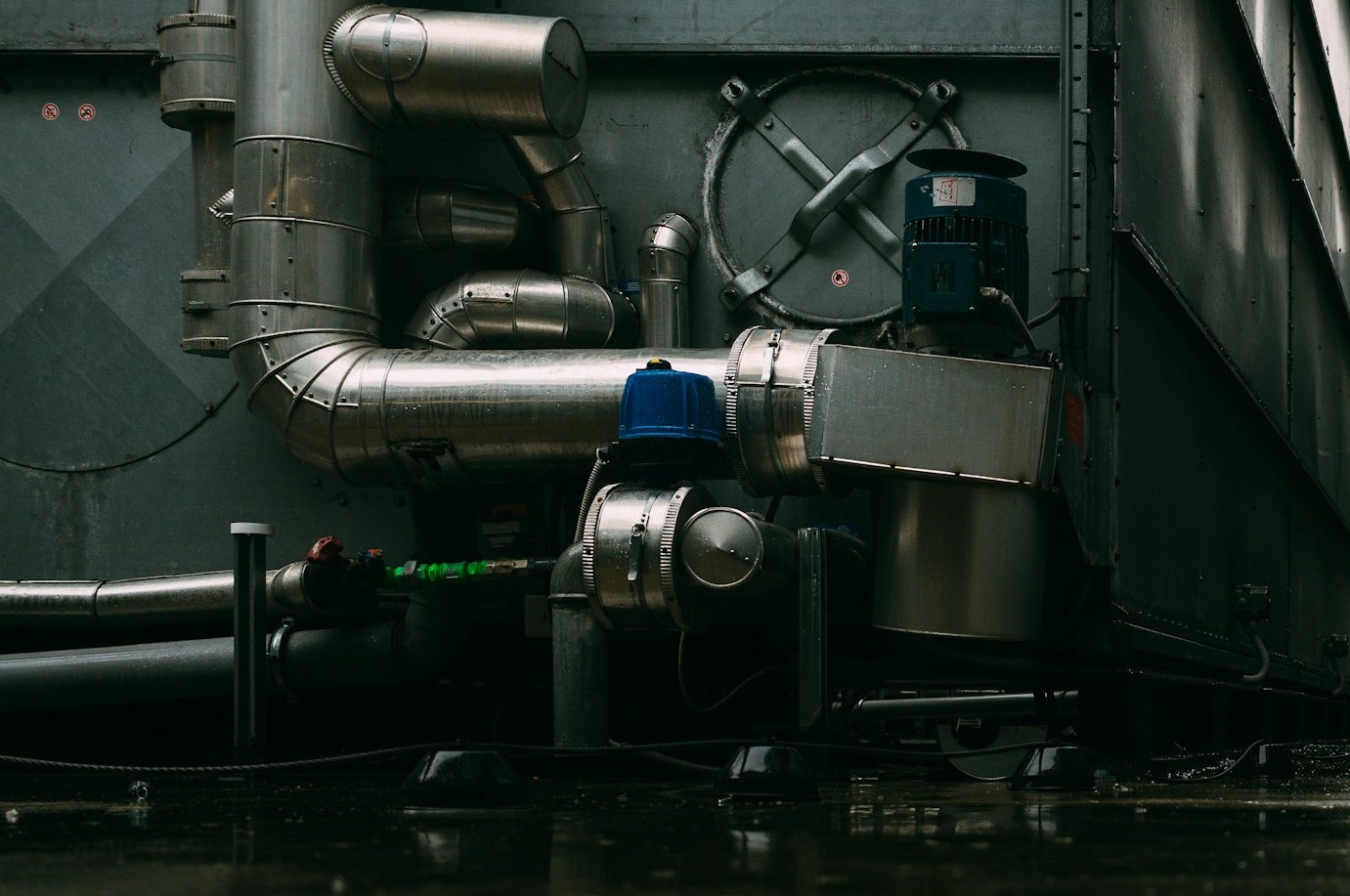Coal-fired power plants remain one of the toughest environments for industrial equipment. The flue gas they generate isn’t just hot—it’s chemically hostile. When sulfur compounds in coal combust, they form sulfur dioxide (SO₂), which then oxidizes into SO₃. At flue gas dew point temperatures between 280–320°F, SO₃ reacts with water vapor and condenses as concentrated sulfuric acid. The result is one of the most corrosive atmospheres in industrial engineering. And right in the direct line of fire are flue duct expansion joints—the flexible components tasked with maintaining ductwork integrity under thermal movement, vibration, and chemical attack.
The problem? Standard expansion joint materials cannot survive this chemical warfare. Within 6–18 months, many joints in coal plants show signs of molecular breakdown, cracking, and catastrophic failure. Emergency flue duct repairs cost an average of $2.8 million, not to mention compliance penalties from leaks and efficiency losses. That’s why engineering acid-resistant flue duct expansion joints isn’t just a design choice—it’s survival engineering.
Understanding the Enemy: Sulfuric Acid Condensation
Think of it like a battlefield. The acid is the attacker, and the expansion joint is the shield. Direct acid contact eats away at polymer chains and fabrics, while hydrogen ions penetrate the matrix and accelerate degradation. Temperature cycling acts like reinforcements for the acid, opening microcracks and enabling deeper penetration. Add in fly ash abrasion, oxygen oxidation, and even chloride compounds, and you have a multi-pronged assault capable of destroying ordinary joints in record time.
The attack is progressive. First, surface degradation and color changes. Then, deep material penetration, mechanical weakening, and eventually full system failure—often within three years. Without acid-resistant design, the ductwork itself becomes collateral damage.
The Material Science Battle
To fight this, Zepco LLC has become a leader in acid-resistant flue duct expansion joints, engineering solutions that survive 5+ years under continuous sulfuric acid exposure. The key lies in advanced material science:
- Fluoropolymers (PTFE, PFA, ETFE, FEP): Inert to sulfuric acid, stable up to 500°F, and capable of withstanding continuous chemical assault.
- PTFE-Coated Glass Fabrics & Hybrid Composites: Combining inert surfaces with structural strength for both chemical and mechanical resilience.
- Specialty Alloys (Hastelloy C-276, Inconel 686, Titanium): Used where metallic resistance is required, often in conjunction with polymer barriers.
- Ceramic and Refractory Systems: Silicon carbide and alumina ceramics for ultra-high temperature zones with acid and abrasion resistance.
The winning strategy isn’t one material but a multi-layer defense. Zepco engineers often combine sacrificial layers, barrier systems, and drainage designs so that even if the outer layer takes damage, the structural integrity of the joint remains intact.
Engineering Survival Architecture
Material selection alone isn’t enough. The architecture of flue duct expansion joints determines their ability to resist acid condensation. That’s where Zepco applies design strategies proven in the harshest coal plant environments:
- Barrier Systems: Outer fluoropolymer layers to repel acid.
- Drainage Designs: Engineered pathways preventing acid pooling.
- Ventilation Integration: Reducing dew point conditions and acid concentration.
- Thermal Management: Insulation and heat tracing to keep temperatures above the condensation point.
By combining chemical science with mechanical design, Zepco builds expansion joints that don’t just survive the acid zone—they thrive in it.
The Economics of Acid Resistance
Yes, acid-resistant flue duct expansion joints cost more upfront. Premium materials and specialized installation procedures can run 2–5x higher than standard joints. But when you factor in lifecycle costs, the economics shift dramatically.
- Service life extends to 5–8 years, compared to 1–2 years for standard materials.
- Maintenance frequency drops, reducing labor and outage expenses.
- Emergency repairs, compliance violations, and downtime penalties are avoided.
For most plants, the payback period on Zepco’s acid-resistant systems is 2–4 years, after which the savings compound year over year.
Zepco LLC: Defending Against Chemical Warfare
Coal plant emissions are not just a pollution challenge—they’re a chemical battlefield. And in this environment, flue duct expansion joints are frontline defenders. Zepco LLC has built its reputation as an acid resistance expert, helping power plants, waste-to-energy facilities, and industrial operators engineer survival against the harshest chemical assaults.
With advanced material science, field-proven design strategies, and full lifecycle support, Zepco doesn’t just sell expansion joints—it delivers chemical survival architecture. When sulfuric acid condensation threatens your system, Zepco is the defender you want in your corner.

